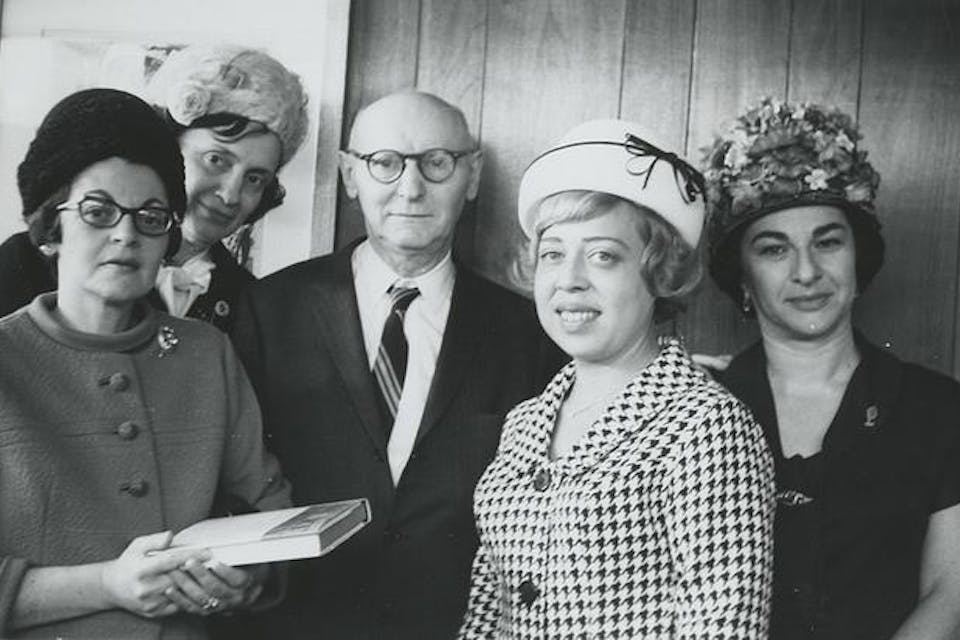
January 21, 2015
Isaac Bashevis Singer and His Women
By Dr. Ruth WisseWhat drove the great writer to employ a "harem" of translators? A new film tells much, but not all.
Writers have their way with the world until they depart from it, and then they are at the mercy of those who interpret them. This mischievous turnabout would have appealed to Isaac Bashevis Singer (1902-1991), possibly the most prolific and certainly the most famous Yiddish writer of the 20th century, whose reputation is now in the hands of types he once turned into fiction. But if The Muses of Isaac Bashevis Singer, a new documentary movie by the Israeli directors Asaf Galay and Shaul Betser, is any portent, the afterlife of this particular writer may be graced by the same improbable good fortune he enjoyed on earth.
In explaining the genesis of his project, Galay tells us that, as a devoted reader of Singer in Hebrew and English, he was struck by the sheer number of the master’s translators. He counted 48 names before stopping—a figure high enough to tweak his imagination, especially since almost all were women. Among these women are the several “muses” featured in Galay’s movie as talking heads and/or in vintage footage. As it happens, notoriety had long since attached itself to those whom Singer called “his harem,” implying that his lady translators were also at his sexual behest. Interviewing some of these women, Galay found them perfectly ready to embroider the legend, if not to clarify which of the harem’s two parties was at the mercy of the other.